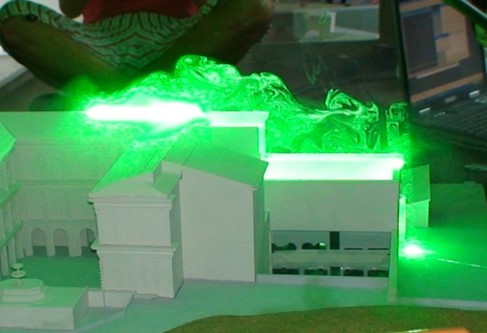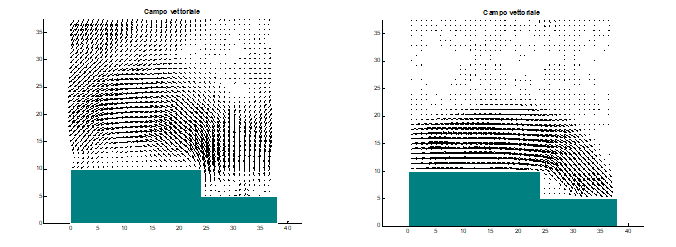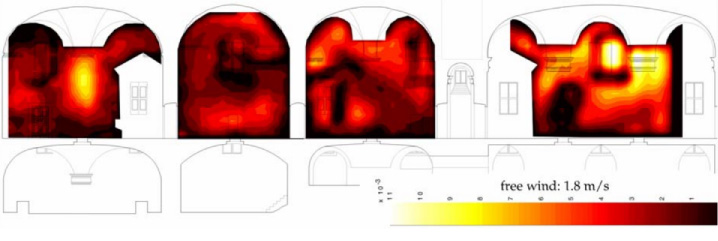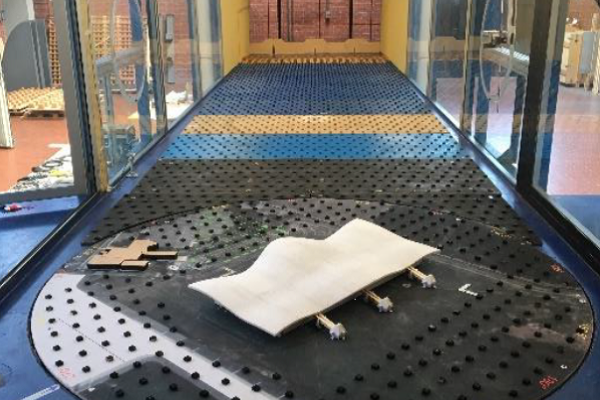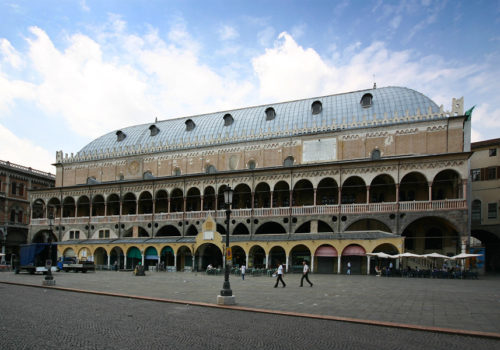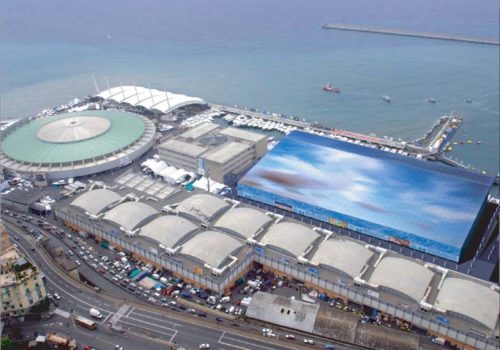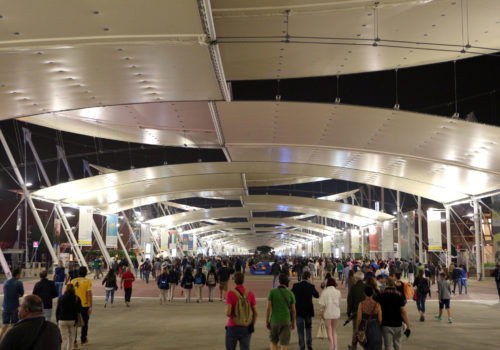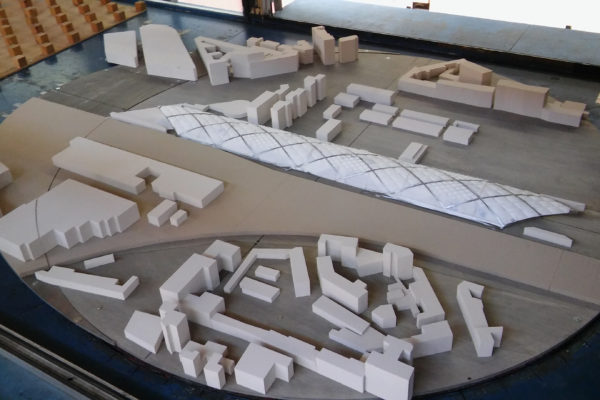PALAZZO Pitti (Florence, Italy)
Year: 2008
Natural ventilation techniques can allow to save the energy necessary for heating, cooling and ventilation systems in a building. Reliable information on the existence and working conditions of natural ventilation systems inside historical buildings is a complex task. Full scale measurements can provide data on ventilation rate, air flow distribution, mean air velocity around and inside a building, but these experiments are really expensive and time consuming.
Wind tunnel tests on a scaled model of the historical building of “Pitti Palace” in Florence, were performed to investigate the internal air flow induced by a natural ventilation system.
The purpose of this study is to verify if an internal airflow can develop from the rooms of the basement to those at the ground level.
During a survey inside Pitti Palace some ducts covered by grids in the floor between the ground level and the basement were noticed; these ducts let the air circulate between the two floors.
In the first testing set-up the model was positioned inside the wind tunnel where an incoming low turbulence (<1%) flow was generated at a velocity of 1.79 m/s, 2.96 m/s and 3.27 m/s. Through PIV techniques the flow inside some rooms was measured in different configurations (opening and closing the first floor windows at the back side). The flow in the back yard was investigated to know the condition at the inlet zone.
In the second run of tests the garden was covered by a layer of dry ice in absence of forced wind; like the previous case, the flow inside the rooms and in the back yard was investigated.
The physical model, at the scale of 1:200, resulted to be 1.5 x 2.0 m. The left part of the palace, that encloses the summer apartments, was realized with transparent material so that flow visualization and PIV (Particle Image Velocimetry) measurements can be done, using smoke as tracer.
All the doors and windows were constructed to be either open or closed.
Measuring set-up:
The ventilation of the internal space was evaluated for the following two conditions:
– presence of an incoming wind from the back side of the building, simulated by positioning the model inside the wind tunnel;
– absence of wind and simulation of the buoyancy effect by positioning dry ice (CO2 ice) in the Boboli Garden, behind the building.
The purpose of this study is to verify if an internal airflow can develop from the rooms of the basement to those at the ground level.
The important airflow is the one coming from the basement and reaching the ground level through the air duct in the floor of the rooms.
The potential and accuracy of the CFD simulation, undoubtedly huge due to information provided on three components of velocity, vorticity and pressure and concentration at every grid point in the flow, need comparison with experimental data. Wind tunnel testing is a fundamental tool for natural ventilation systems investigation, in particular when it concerns historical buildings. Wind tunnel testing is also important for providing CFD boundary conditions and for representing and analysing the full unsteady aerodynamic interaction of the atmospheric boundary layer with building.
The important air flux is the one coming from the basement and reaching the ground level through the air duct positioned in the floor of the rooms. In following Figs. 3 and 4, the vectorial field of velocity and the isovelocity maps are shown. The flow just before the back windows (inlet condition) was measured by highlighting a vertical plane in the back yard (between the Boboli Garden and the building). An interesting consideration is that in the configuration with forced wind the flow in the zone of the back yard completely differs from the configuration with the flow generated by the evaporation of dry ice (the vorticity changes its direction).
Obtained results confirm that a flux of air is generated coming from the Boboli Garden, entering in the basement rooms and then streaming towards the ground level rooms through the ducts in the floor.




